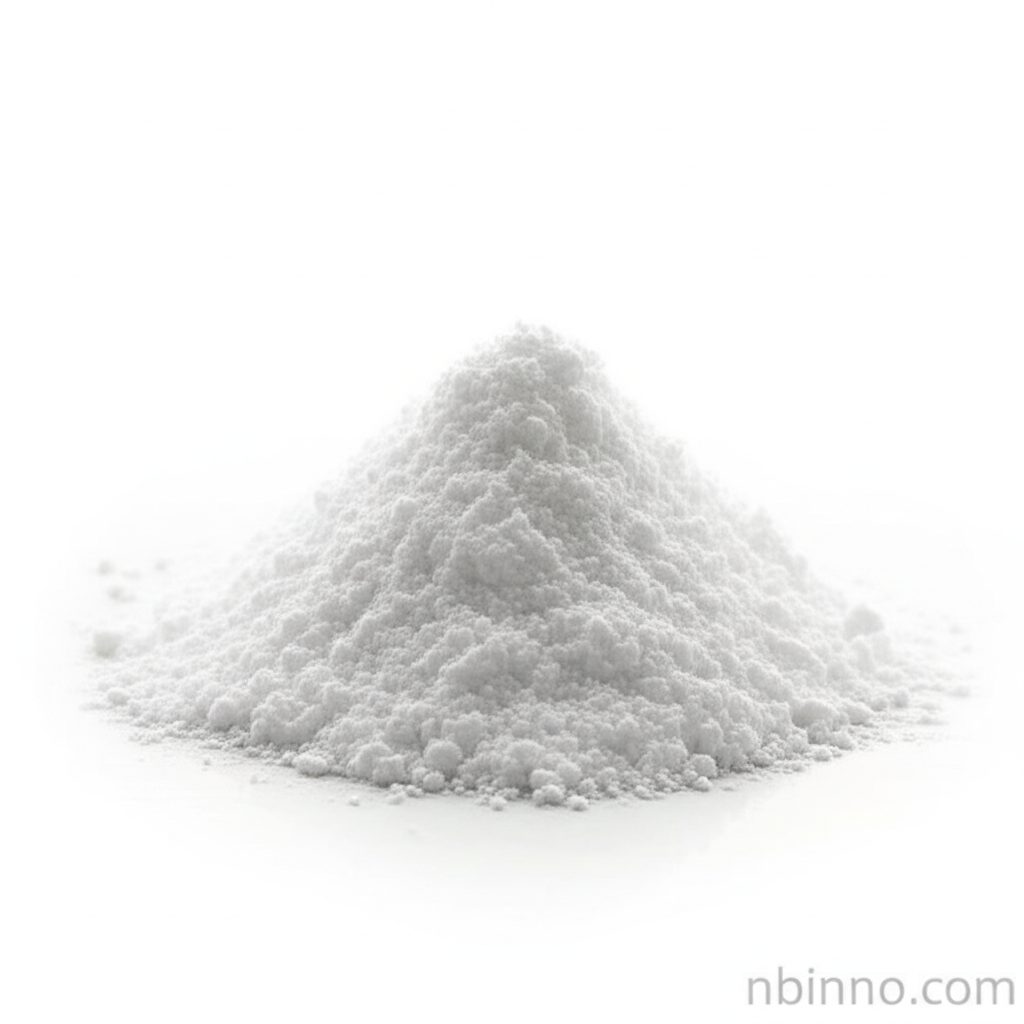4-Formylphenylboronic Acid: A Key Intermediate for Innovation
Unlock advanced organic synthesis and groundbreaking medicinal chemistry with this versatile compound.
Get a Quote & SampleProduct Core Value

4-Formylphenylboronic acid
4-Formylphenylboronic acid (4-FPBA) is an indispensable organoboron compound, pivotal in facilitating complex organic synthesis and driving advancements in medicinal chemistry. Its unique structure, combining a formyl group with a boronic acid moiety, makes it a highly versatile building block.
- Leverage the power of Suzuki coupling reactions for efficient biaryl compound synthesis, a critical step in creating many pharmaceutical intermediates.
- Explore its utility as a valuable building block in organic synthesis, contributing to the development of novel agrochemicals.
- Discover its role as an enzyme stabilizer in detergent formulations, enhancing enzyme performance and prolonging product shelf life.
- Utilize this compound in the design of chemical sensors and advanced materials, showcasing its broad applicability beyond traditional synthesis.
Key Advantages Offered
Versatile Reactivity
The bifunctional nature of 4-FPBA allows it to participate in a wide array of chemical reactions, including palladium-catalyzed cross-couplings, making it a cornerstone for complex molecular architecture.
Pharmaceutical & Agrochemical Impact
As a key intermediate, it plays a vital role in the discovery and production of new drugs and crop protection agents, aligning with the needs of the pharmaceutical intermediate sector.
Industrial Applications
Its effectiveness as an enzyme stabilizer in industrial products like liquid detergents highlights its practical value in everyday applications, contributing to product efficacy.
Key Applications
Organic Synthesis
4-Formylphenylboronic acid is extensively used as a synthetic building block, enabling the efficient construction of complex organic molecules and contributing to advancements in medicinal chemistry.
Drug Development
Its role in creating targeted drug delivery systems and advanced therapeutic agents makes it a crucial compound in the pharmaceutical industry's pursuit of innovative treatments.
Material Science
The compound's unique properties are leveraged in the production of advanced materials, including polymers and composites, pushing the boundaries of material innovation.
Bioconjugation
Effective in bioconjugation processes, it aids in attaching biomolecules to surfaces or other compounds, which is vital for diagnostics and therapeutic applications.
